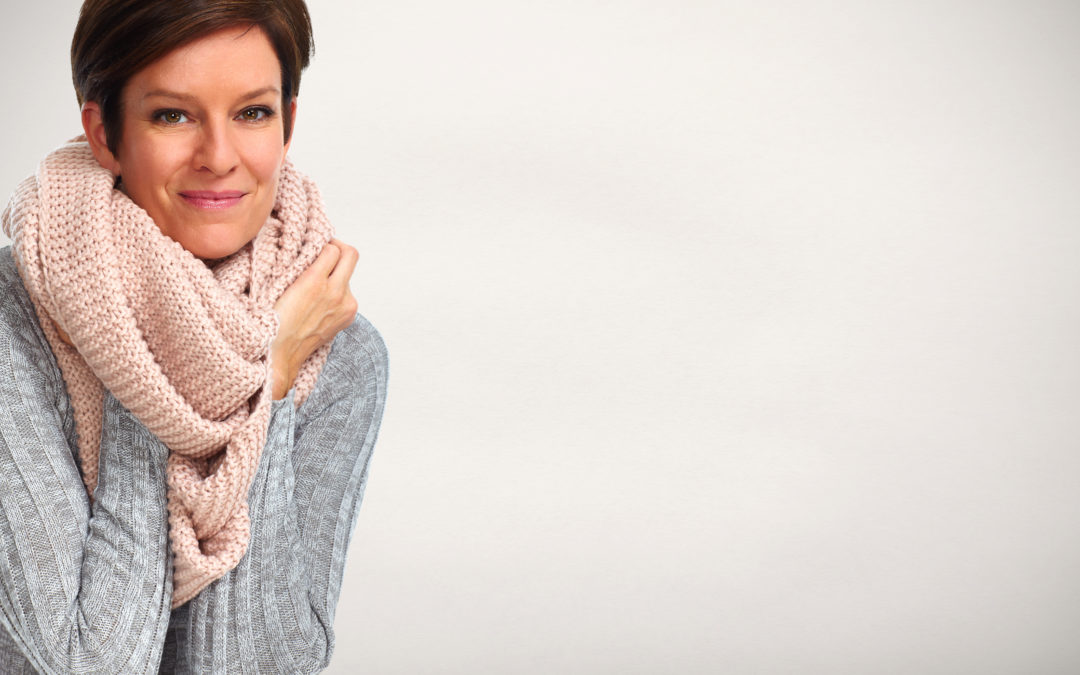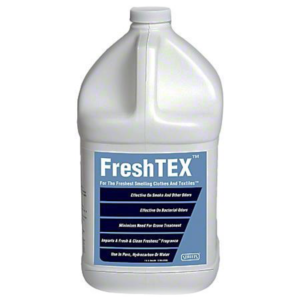If you shopped for sweaters or other knit garments lately, you have probably noticed that many of them contain a fiber called acrylic. Before purchasing garments containing this fiber, it is important that you are aware of the problems you may run into and how to care for them properly.
What is acrylic?
Acrylic is a heat-sensitive thermoplastic fiber and is susceptible to stretching, especially when it is a knit construction. Acrylic is a fiber often found in women’s sweaters, knit suits, pants, skirts, and dresses. It is characterized by its ability to stretch and conform to the shape of the body and recover to its original dimensions once the tension is released. Garments containing acrylic fibers have become increasingly popular due to their reasonable price and the fact that they are available in a wide range of bright, fashionable colors.
What types of problems can acrylics experience?
Occasionally, these articles may shrink during the care process. This is almost always a result of improper blocking or heat setting during manufacturing. An acrylic fabric that has not been properly stabilized will suffer drastic changes in shape from normal wear and care processes. The fabric can stretch during wear and shrink from the heat and tumbling of cleaning-possibly as much as several inches after the first drycleaning.
Unfortunately, there is no way a drycleaner can detect whether an acrylic knit has been stabilized to withstand a drycleaning process. Once the shape of the item has been distorted, there is no way to restore the garment to its original dimensions. Since there is no way a drycleaner can control this problem, acrylic knits that stretch or shrink in normal wear or care should be returned to the retailer or manufacturer.
Another problem with acrylics is their tendency to stretch when exposed to high temperatures. Any slight tension on the fabric while it is moist with steam or heat-including the steam or heat used in finishing procedures-can cause permanent distortion. In some acrylic knits, especially those with loose and open knit constructions, permanent stretching and distortion can occur during normal circumstances of wear.
Some acrylic knits are bulky, and the knit is rather loosely constructed. These garments have a greater tendency to become snagged or pilled during normal use or to stretch and distort. Unfortunately, once an acrylic fiber stretches, it is usually permanent.
How can you keep your acrylics fit for next winter?
- Be sure to check the fiber content label of garments, especially sweaters, for acrylic fibers before cleaning or ironing. This is especially important ,as acrylic knit garments may be difficult to distinguish from wool or other more stable fiber types. Also check the care label for special precautions.
- Dry acrylics on a cool, short cycle at temperatures no higher than 120 degrees F.
- Never hang acrylics to dry. Tension from the weight of the water may cause the acrylic to stretch. Because acrylics have a low moisture absorbency and dry rather quickly, it may be best to lay these items flat to allow them to dry.
- Iron using light steam. Tension placed on the yarns, along with the heat of the steam, will often cause drastic stretching.
- Avoid handling acrylics while warm. Acrylics have a greater tendency to permanently stretch if tension is placed on them while they are still warm.





